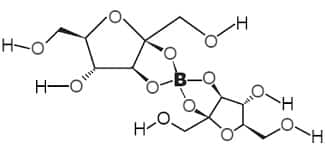OP
Energyforlife
Member
- Joined
- Aug 24, 2019
- Messages
- 30
Je ne sais plus trop quoi manger. Je suis toujours fatigué quand je me lève car je dors 8h par nuit. J'ai souvent un rhume quand je me lève. Je mets un pansement sur la bouche conformément aux conseils de Patrick McKwoen.
Existe-t-il de vraies solutions pour la fatigue chronique? Je ne suis pas diagnostiqué mais j'ai des départs de fatigue. Je peux faire du sport et je me sens mieux quand je suis dehors, donc ce n'est pas un niveau de fatigue élevé.
Juste au moment où je me lève, je n'ai pas la grande énergie d'un homme de 30 ans.
Existe-t-il de vraies solutions pour la fatigue chronique? Je ne suis pas diagnostiqué mais j'ai des départs de fatigue. Je peux faire du sport et je me sens mieux quand je suis dehors, donc ce n'est pas un niveau de fatigue élevé.
Juste au moment où je me lève, je n'ai pas la grande énergie d'un homme de 30 ans.

